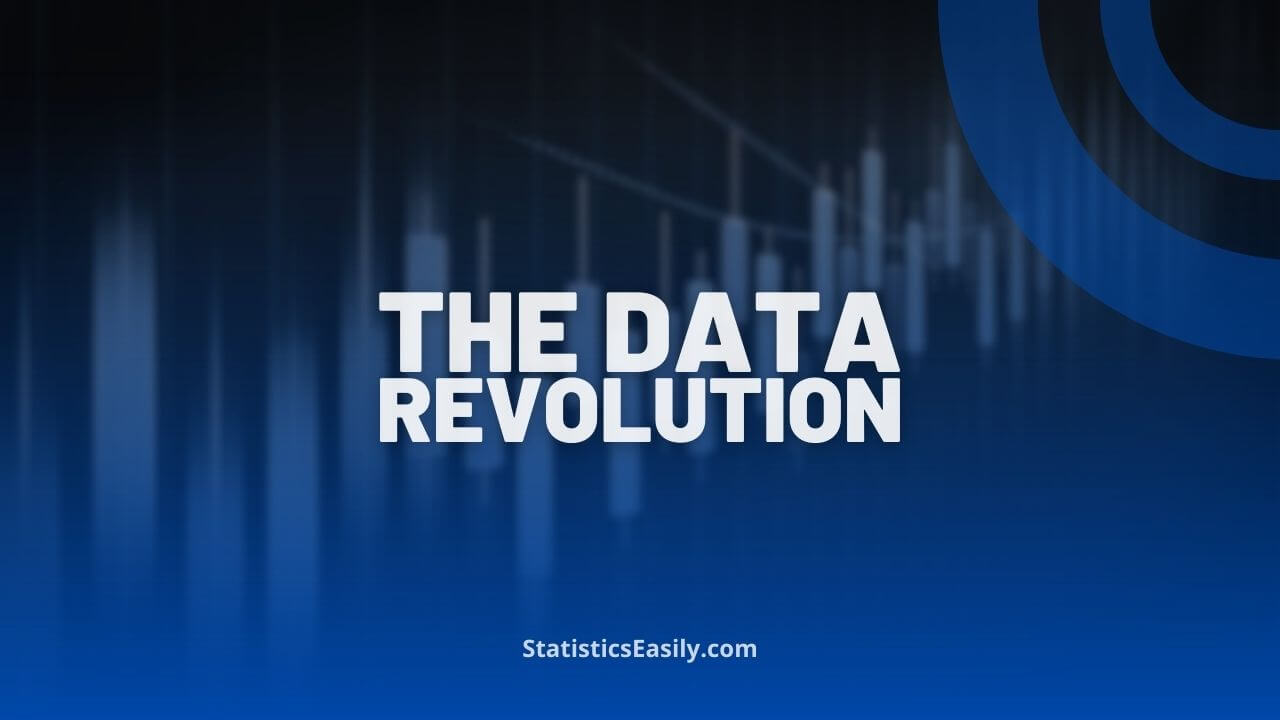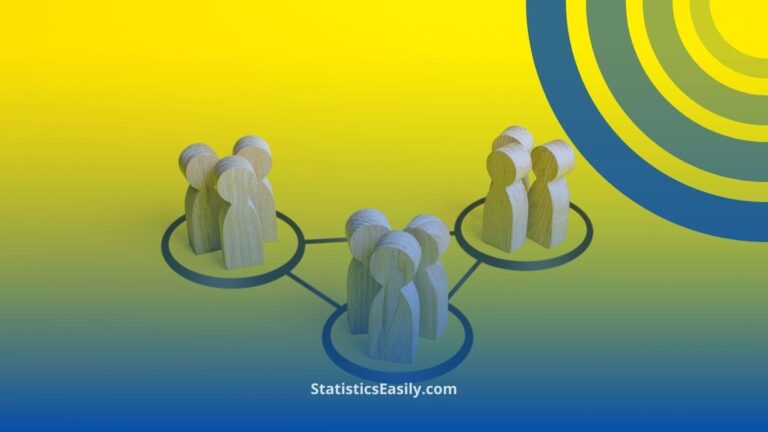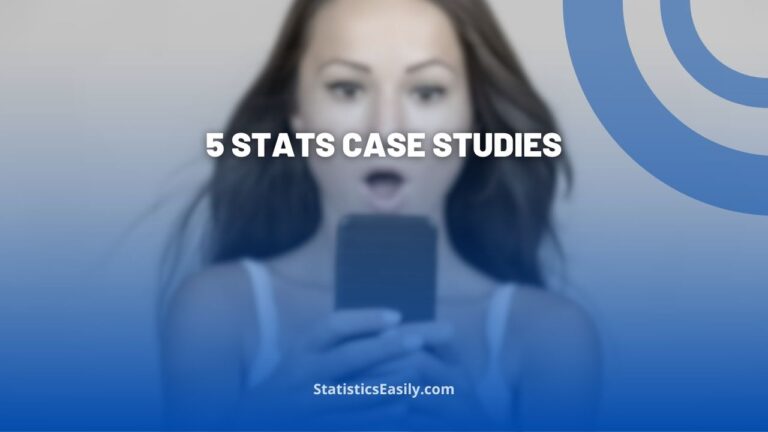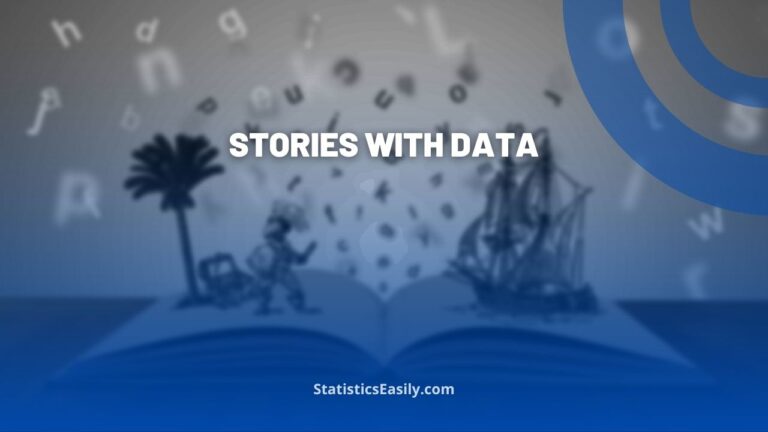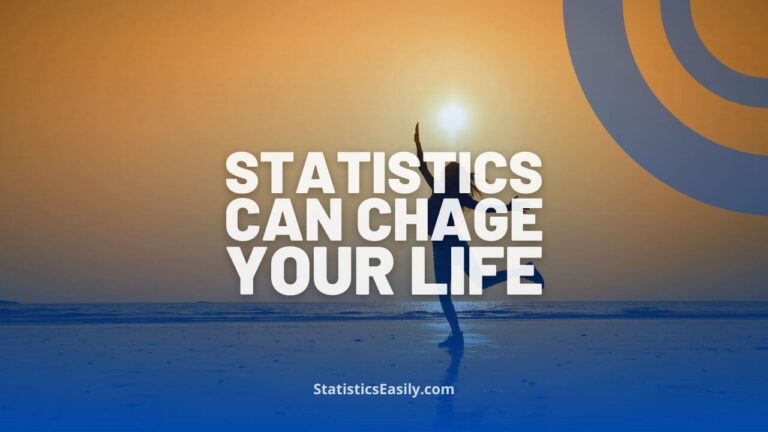Join the Data Revolution: A Layman’s Guide to Statistical Learning
You Will Learn How Statistical Learning Paves the Way for Ethical Insights and Decision-Making in the Data Revolution
Welcome to the Age of Data
In the labyrinth of the modern era, data is Ariadne’s thread that guides us through the complexities of decision-making. Much like the currency that flows through the veins of global economies, data pulses at the heart of our digitalized existence, driving innovation and shaping our understanding of the world. As we stand on the cusp of what many have termed the Data Revolution, the mastery of statistical learning has emerged as a pivotal skill.
This skill is increasingly sought after across various professions and walks of life. Whether you are a seasoned professional aiming to refine your expertise, a student with a keen eye on future job markets, or simply a curious mind yearning to comprehend the forces that mold our reality, this guide serves as your beacon through the fundamentals of statistics and their myriad practical applications.
Highlights
- Data serves as the navigational tool for modern decision-making.
- Statistics transform complex data into understandable stories.
- Statistical literacy is essential across all professional fields.
- Ethical practices in statistics promote integrity and truthfulness.
- Descriptive statistics summarize data; inferential statistics predict.
- Advanced software, like R and Python, enhances data analysis.
- Examples demonstrate the impact of statistical methods.
- Statistical thinking is critical in healthcare, finance, and technology.
- Ethical responsibility in statistics prevents misinformation.
- Mastery of statistical tools is crucial for modern data analysis.
Why Statistics Matter
Statistics are the compass by which we navigate the sea of information. They distill the cacophony of data into coherent narratives that inform our decisions and shape our perceptions. From interpreting election polls to unraveling the patterns of consumer behavior, statistics are the alchemists turning raw data into gold — gold in the form of knowledge that can lead to profound insights and pragmatic solutions.
In the first section of our guide, we wade into why an intuitive grasp of statistics is indispensable not only for academicians and data analysts but for every individual in society. Statistical literacy is no longer a specialized skill; it is a universal tool. We’ll unveil how statistics form the bedrock of problem-solving and decision-making, regardless of your field or interest.
Through this understanding, you will become an empowered citizen in a data-centric world. Empowerment in this context transcends the mere ability to interpret figures; it encompasses the capability to question, analyze, and contribute meaningfully to the discourse that shapes our future. Embracing statistics is thus embracing the agency to be a part of the ongoing Data Revolution.
The Moral Compass of Statistics
At the heart of statistical analysis lies a moral compass — a commitment to ethical practices that ensure the integrity and truthfulness of the data’s story. As you embark on the journey of statistical learning, it is paramount to anchor your understanding in the ethical guidelines that safeguard the dignity of data analysis. Ethical practice is not merely a set of rules; it is the foundation that prevents the distortions of misinformation and champions the values of integrity and honesty in a data-driven society.
This section of the guide will walk you through the ethical labyrinth of statistics — from recognizing and mitigating bias to maintaining confidentiality and avoiding the pitfalls of data misuse. We underscore the significance of these principles not as abstract concepts but as practical necessities for anyone seeking to partake in the transformative power of the data revolution.
Descriptive and Inferential: The Two Pillars of Statistics
Fathoming the breadth of statistics necessitates an understanding of its two foundational pillars: Descriptive and Inferential Statistics. We will dissect these concepts, presenting them in a manner that is not only digestible but also illuminating.
Descriptive statistics are the lens through which we view the immediate features of a dataset; they summarize and clarify the data’s present state. In contrast, inferential statistics are the telescope peering into the unknown, allowing us to make educated predictions or inferences about a broader population from the study of a sample.
Comprehending the interplay and distinct functions of these two pillars is indispensable for any budding data analyst or statistician. They are the twin beacons that guide the statistical ship through the murky waters of uncertainty to the harbor of clarity and insight.
Statistical Software: Tools of the Trade
In statistical analysis, prowess in statistical software is no less important than the theoretical underpinnings of the statistics themselves. Many embark on their statistical journey with tools like Excel, but beyond this familiar landscape lies a terrain rich with more sophisticated instruments. This guide will serve as your portal to the world of advanced platforms such as R and Python — powerful allies that bring precision and efficiency to data analysis.
Yet, our exploration goes beyond a mere technical tutorial. We will delve into how these tools can be wielded to glean deeper insights and act as catalysts for discovery. They are not simply tools; they are the artisans’ instruments that, when mastered, become an extension of the analyst’s quest for truth and understanding.
Practical Applications: Statistics in Action
Theory without application is like a ship without a sea — static and untested. It is through practical application that the principles of statistics are animated, bringing them to life. Our journey will traverse the varied landscapes where statistical methods find their expression — from the beating heart of healthcare to the financial nerve centers, from the ever-evolving tech industry to the bastions of scientific research.
By illustrating these applications with real-world examples, you will comprehend and appreciate the tangible impacts of statistics. The beauty of data-driven decision-making unfolds before you, revealing how statistics sculpt our reality and propel humanity forward. As you venture further into the data revolution, it is essential to consider how statistical learning is not merely about digesting numbers or applying formulas — it’s about comprehending the narrative that data unfolds.
This part of your guide will focus on expanding the previously touched upon concepts, digging deeper into the philosophical ethos of statistics, their practical implementation in various domains, and how proficiency in statistical methods can lead to enlightened decision-making.
The Philosophical Ethos of Statistics: Beyond Numbers
Statistics is the science of learning from data, and statistical learning embodies the quintessence of critical thinking. It emphasizes the importance of context and skepticism in the face of raw data and potential findings. The role of statistics is twofold — it acts as a rigorous methodology for investigation and as a philosophical lens that sharpens our interpretation of information. When we consider statistics through this lens, we are not just learning a technical skill; we are cultivating a mindset that prioritizes evidence over supposition and objectivity over conjecture.
Advanced Statistical Methodologies
In the expanding horizon of statistical learning, you will encounter advanced methodologies such as regression analysis, hypothesis testing, Bayesian inference, and time-series analysis. Each method offers a different path to uncovering the truth hidden within the data.
- Regression Analysis: This is a powerful statistical method used to examine the relationship between two or more variables. We will explore how regression can be employed to predict outcomes, control for confounding variables, and provide insightful models of cause and effect.
- Hypothesis Testing: This fundamental statistical concept is a structured process that allows us to make inferences about a population based on sample data. By understanding hypothesis testing, you will be equipped to make sound judgments and draw robust conclusions in research.
- Bayesian Inference: Bayesian methods provide a probabilistic approach to inference, allowing us to update our beliefs with new evidence. This aligns beautifully with the pursuit of what is true, as it embraces the evolution of understanding through data.
- Time-Series Analysis: This pertains to the study of data points collected or recorded at specific time intervals. Learning this method opens up possibilities for forecasting and understanding trends and patterns over time.
The Art of Statistical Thinking in Different Sectors
Statistics is not just an academic endeavor; it is an art that permeates every sector of human activity. Here are some areas where statistical thinking is making a significant impact:
- Healthcare: In healthcare, statistical methods are pivotal in the design and analysis of clinical trials, epidemiological studies, and public health policy. By understanding and applying statistics, healthcare professionals can make better decisions that save lives and improve the quality of care.
- Finance: The financial sector relies heavily on statistical models to manage risk, optimize portfolios, and forecast market trends. Mastery of statistics in this realm enables financial experts to make decisions that promote economic stability and growth.
- Technology: In the tech industry, data scientists and engineers use statistics to refine search algorithms, enhance artificial intelligence, and secure networks. Through statistical learning, individuals in this field contribute to advancing technology that enriches lives.
- Public Policy: Statistics serve as the backbone of informed policymaking. Policymakers use statistical analysis to craft legislation that addresses social issues, economic challenges, and environmental concerns, thereby fostering a more just and beautiful society.
Case Studies: Statistics in Action
To illustrate the potency of statistical application, we will delve into various case studies where statistical analysis has led to breakthroughs or significant improvements:
- Eradicating Diseases: The role of statistics in understanding and controlling the spread of diseases has been invaluable. Statistical models have helped in strategizing vaccination drives and in allocating resources during epidemics.
- Environmental Conservation: Statistics has played a crucial role in the study of climate change. By analyzing environmental data, scientists have been able to track changes, predict future conditions, and advocate for sustainable practices.
- Social Reforms: Statistical evidence has been the cornerstone of many social reform movements by highlighting disparities and injustices within societies, thereby paving the way for equitable reforms.
The Importance of Ethical Responsibility
In your statistical journey, ethical responsibility is paramount. The misuse of statistical methods can lead to misinformation and harm. Therefore, you must diligently ensure that your analysis is transparent, reproducible, and free from bias. By upholding these standards, statisticians contribute to the truth and integrity that form the bedrock of a civilized society.
Tools for the Modern Statistician
Your toolkit as a modern statistician must include various software and programming languages designed for statistical analysis. Beyond R and Python, you will learn about SQL for database management, SAS for advanced analytics, and Tableau for data visualization, among others. These tools amplify your ability to discern the narratives that data tells us, bringing forth the good and the truth in the data revolution.
Conclusion: Embracing the Data Revolution
As you reach the end of this expanded guide, remember that joining the data revolution by learning statistics is a noble pursuit. It aligns with the desire for truth, contributes to personal and societal good, and unveils the inherent beauty in the order and patterns of the world around us. By embracing statistical learning, you become a torchbearer for truth, an advocate for ethical reasoning, and a participant in the continuous quest for knowledge. As you step forward, carry with you the understanding that statistics is more than a tool — it is a philosophy and a way of engaging with the world that respects the sanctity of truth and the value of evidence.
Recommended Articles
Dive deeper into the world of data – explore our collection of articles on Statistical Learning and enhance your analytical prowess today!
- Applied Data Analysis
- Top 5 Free Tools for Data Analysis in 2024
- How Statistics Can Change Your Life: A Guide for Beginners
- Survivorship Bias: A Hidden Pitfall in Data Science and Statistics
- A Comprehensive Guide to Levels of Measurement in Data Analysis
Frequently Asked Questions (FAQs)
Q1: Why is statistical learning meaningful in today’s data-driven world? Statistical learning is crucial as it equips individuals to understand, interpret, and make informed decisions based on the vast amount of data generated in various fields, thus participating effectively in the Data Revolution.
Q2: What are the ethical implications of statistics? Ethical practices in statistics involve a commitment to integrity and truthfulness, mitigating bias, maintaining confidentiality, and preventing data misuse, thus ensuring the data’s story is told accurately and responsibly.
Q3: What is the difference between descriptive and inferential statistics? Descriptive statistics summarize the current data state, presenting it clearly and concisely. In contrast, inferential statistics use a sample of data to make predictions or inferences about a larger population.
Q4: How have advanced statistical software tools like R and Python transformed data analysis? R and Python have revolutionized data analysis by enhancing precision and efficiency, allowing for deeper insights and acting as catalysts for discovery in complex data sets.
Q5: Can you give real-world examples of statistical methods in action? Yes, statistical methods are used to design and analyze clinical trials in healthcare, manage risk in finance, improve algorithms in technology, and develop informed public policy.
Q6: What is regression analysis, and why is it important? Regression analysis is a statistical method used to examine the relationship between variables, important for predicting outcomes and understanding cause-and-effect relationships within data.
Q7: What role do hypothesis testing and Bayesian inference play in statistics? Hypothesis testing is a process for making inferences about populations from sample data. Bayesian inference is a probabilistic approach that updates beliefs with new evidence, both crucial for robust statistical conclusions.
Q8: Why is statistical thinking critical in healthcare, finance, and technology? Statistical thinking is critical as it informs evidence-based decision-making and problem-solving in these sectors, leading to advancements and improvements in services and technologies.
Q9: How does ethical responsibility influence statistical practice? Ethical responsibility ensures that statistical analysis is transparent, reproducible, and unbiased, contributing to the credibility and integrity of the insights gained from data.
Q10: What additional tools should a modern statistician be familiar with? Beyond R and Python, modern statisticians should be skilled in SQL for database management, SAS for advanced analytics, and Tableau for data visualization to effectively tell the stories hidden within data.


